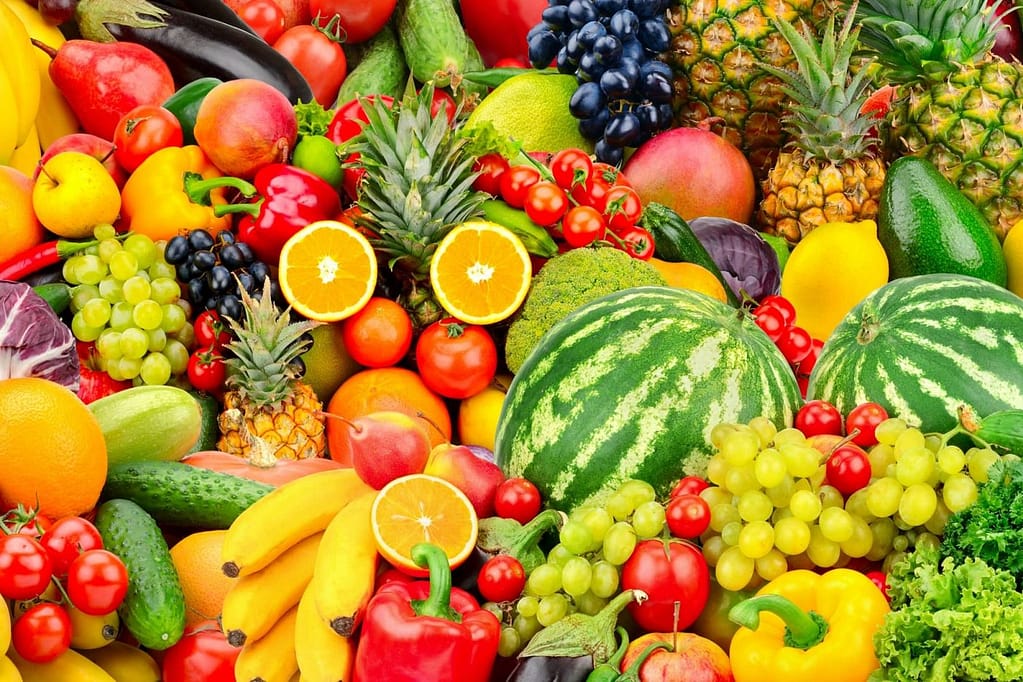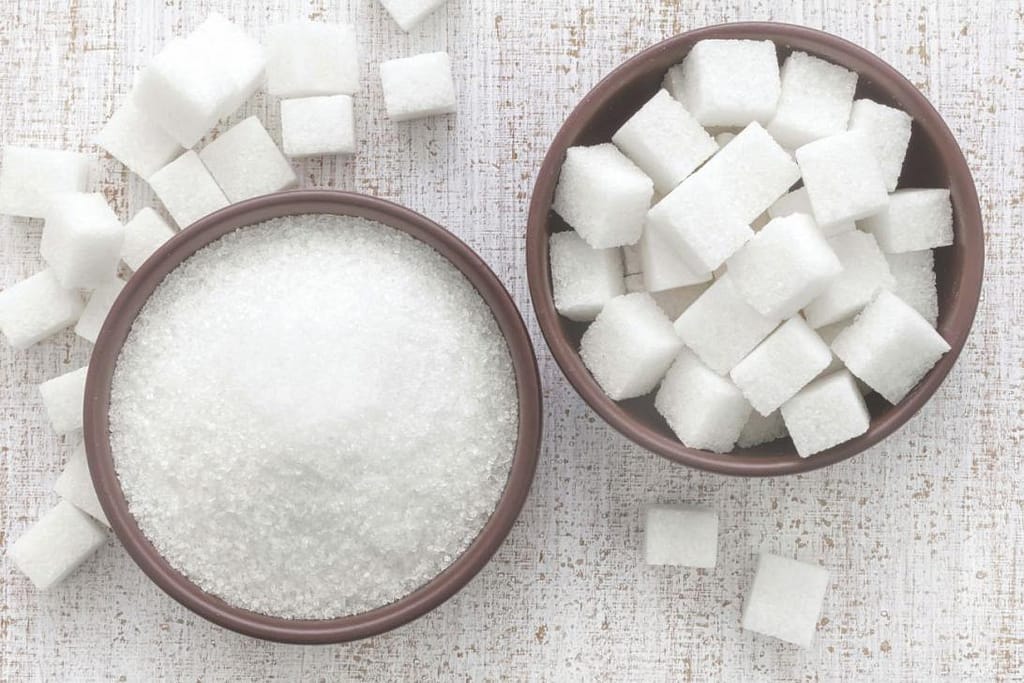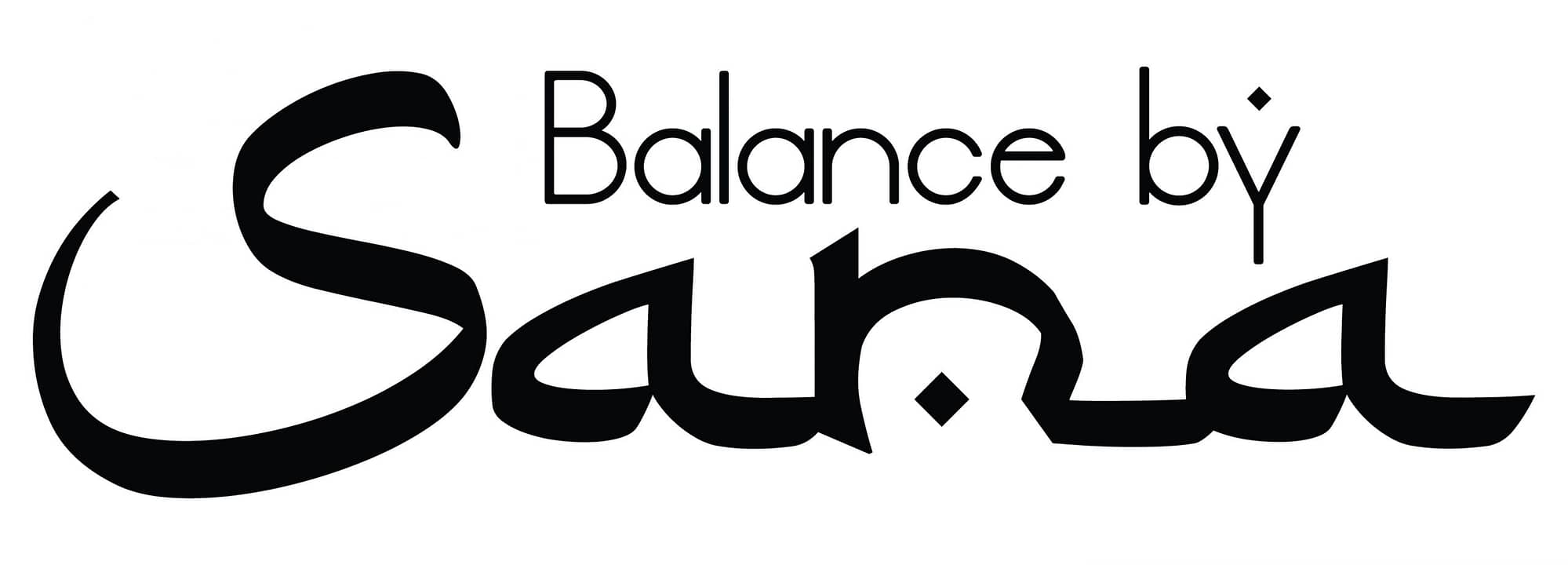How to adapt a new healthy lifestyle after the cleanse? and to rebuild and maintain a healthy gut flora for good? Balancing the gut flora is not that easy, but keeping that balance is a life time task we should all be aware off.
After the cleanse, you will achieve vibrant health. Life will get much better and clearer. To fix your digestive system and have a balanced gut flora for good, is to stay along the line with the Paleo or the GAPS diet and consider them as a canvas, and take more of an individualised approach to build your own master piece according to your body tolerance like I do my self. The only way to find out what is the perfect diet for you is to experiment and observe by your self.
Once you repair the guts and get the Candida overgrowth back into balance, that’s not the end. The next step is to rebuild your beneficial gut bacteria, which is what will prevent the Candida from getting overgrown again. I can not emphasis enough, the importance of the rebuilding part as it keeps health intact and prevents invaded guts. Hence the No1 guide line in any way you choose is to stick to wholesome clean food.
How to maintain a healthy digestive system after the cleanse
If you continue on gluten-free diet after the cleanse, you should note the absence of grains, lower vitamin B, calcium, iron, zinc, magnesium, and fibre. Make sure you are replacing these nutrients from other sources.
Listen to your body and introduce foods very gradually, observing any negative reaction.
Very often the symptoms of Candidas and the digestive system are ignored, undiagnosed and misdiagnosed. Therefore, it is best for your health to avoid sugary and processed foods for good. Live on wholesome, living foods.
Avoid all processed foods in packages and tins. All refined carbohydrates and foods that contain preservatives, artificial colorants and chemicals, etc. They are extremely damaging to the digestive system, liver, and the healing process.
Using probiotics supplements is extremely essential for maintaining healthy guts, immune system and overall health. It improves digestion, weight loss, and increases energy from B12 production. Probiotics intake helps to takes away bad breath and improves eczema and psoriasis. In the beginning you need to observe for “di-off” reactions when you start probiotics. Symptoms like fatigue, nausea, bloating, diarrhoea, constipation, low grade fever, headache, and a flu like feeling. If there is nothing of that, you can increase the dose gradually. If you have a reaction, you should hang on to the current dose or reduce it until symptoms subside, some people may need to stop temporarily until symptoms disappear if experiencing extreme die-off. Make sure that, you consume probiotics rich food at least once a day, and take daily supplements with at least 15 billion CFUs.
Integrate the herbal teas and turmeric, ginger, and all the healing foods habits onto your life style and continue use what you need most from the Important supplements for the healing plan.
Food you can have after the cleanse

Fruits
All fruits: You can introduce all fruits to your diet now, but you need to take it easy on high sugar fruits like banana, dates, and oranges (contain moulds). Take it easy on melon as well because they are very mouldy.

Sugar
Make your own dessert or buy some at the health food store that are sweetened with these sugar alternatives but very moderately:
- Dates and dates syrup are a great substitute for sugar. Some of them even suitable for diabetics to name a few from the 3000 thousand dates type with low gI: Ajwa, Khalas, barhi, and Bo ma’an, with gI as low as 30.5 Lulu, Um khashab, Lulu, Khudari and Dabbas. Look out for these types, because some of them very high in sugar. Eat it moderately and don’t exceed 7 a day
- Stevia, It is anti-fungal, anti-inflammatory and has antibiotic agent, but also helps balance the pancreas.
- Raw organic honey
- Organic maple syrup
- Organic agave
- Coconut sugar

Grains
No wonder why the majority of us now have gluten sensitivity. Before thousands of years our ancestors used to soak all these grains or ferment them for days before they made use of them. Certainly sprouting on top of releasing more nutrients from the grains or seeds or legumes, aid there digestion.
Grains should be avoided for most people as they are highly allergenic and high in carbohydrates (which means sugar). Some people can tolerate grains very well, while others can’t eat it at all. Eat in very small portions if you have to unless they are organic and sprouted or fermented. If not, these are your best bet only occasionally.
- Rice (better brown or wild)
- Wheat (gluten free wholemeal)
- Oats
- Spelt
- Quinoa
- Rye
- Amaranth
- Sorghum

Legumes and beans
The best way is to limit consumption of legumes and beans to a few times a week, and to prepare them properly (soak for 18 hours, change the water a few times and cook thoroughly). Like grains, legumes and beans contain phytic acid. This acid binds to nutrients in the food, preventing your gut from absorbing them because of the anti- nutrient content. Phytic acid binds with calcium, magnesium, iron, copper, and zinc, making it hard or nearly impossible for you to absorb those nutrients. It’s also irritating to your digestive system. So the portion of lentils you eat has a lot less nutrients than the Nutritional fact panel that describes it. Another reason some people may need to avoid legumes is that they contain carbohydrates (which is sugar) that are poorly absorbed by a lot of people and can cause gas, bloating, or other digestive problems. In my opinion, because I love legumes and beans, and because it is deeply integrated in my Middle eastern diet culture, I just enjoy them occasionally by following my mother’s and grandmother’s soaking methods. Soaking them for up to 48 hours and rub them between palms every time you wash them and change the water as much as you can. I have upgraded to sprouting though to unblock their nutritional value and to make more as a plant than seeds.

Seeds and Nuts
There are endless benefits of seeds and nuts, the most renewed ones are, walnuts, hazelnut, and almond. Nuts known to reduce cholesterol, feed the brain, fight cancer, high in protein, high in vitamins and nutrients, some of them even control Diabetes and much more. Eat them raw and unsalted, soak them for about 3 hours or sprout them before eating if you like to get out the maximum of their nutritional value. Minimise your intake of peanuts because of the risks associated with the aflatoxin exposure.

Dairy
Preferably, no dairy except raw organic home yogurt or if it comes from raw organic grass fed animal. Fermented dairy is an excellent source of probiotics kefir. Stick to Camel milk if you can get hold of it for its strengthening quality for the immune system and bacteria fighting.
Results of following the healing plan
- Weight loss
- Blood sugar balance
- Immune system strengthening
- Gut cleaning leads to- clear skin, clean liver kidneys, lungs and brain
- Mental and self confidence improvement
- Takes away bad breath
- Improves sexual appetite
- Younger looking skin
- Improve sleeping quality
- Improve anxiety and restlessness
- Treat joint and muscles ache
- Treats fibromyalgia
- Improves concentration and brains clarity
- Improves eye sight
- Improves and treats eczema, psoriasis, acne, and rosacea
- Improves the symptoms of many diseases like thyroid, Rheumatoid arthritis, and IBS
- Reduce hot flashes in menopause
- Improves the symptoms of many diseases like thyroid, Rheumatoid arthritis, and IBS
- Reduce hot flashes in menopause
Sources
http://www.ncbi.nlm.nih.gov/pubmed/17585036
http://www.ncbi.nlm.nih.gov/pubmed/12381157
http://www.ncbi.nlm.nih.gov/pubmed/7001881
http://www.ncbi.nlm.nih.gov/pubmed/9727614
http://www.pnas.org/content/108/2/486.short
http://www.ncbi.nlm.nih.gov/pubmed/17585036
http://www.ncbi.nlm.nih.gov/pubmed/12381157
http://www.ncbi.nlm.nih.gov/pubmed/7001881

